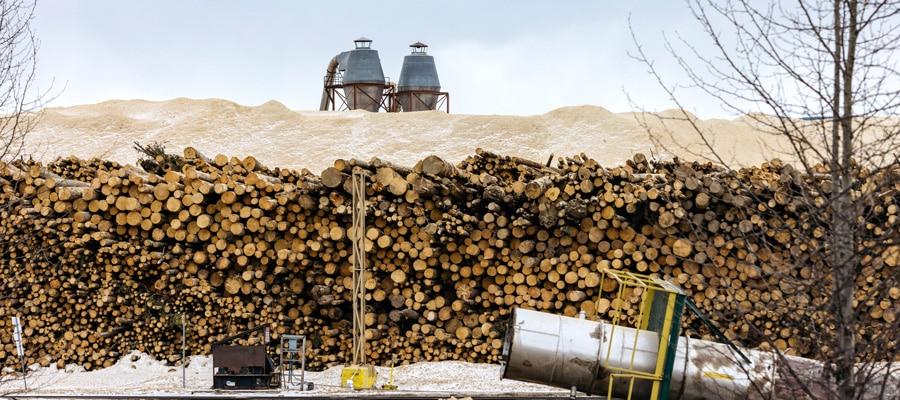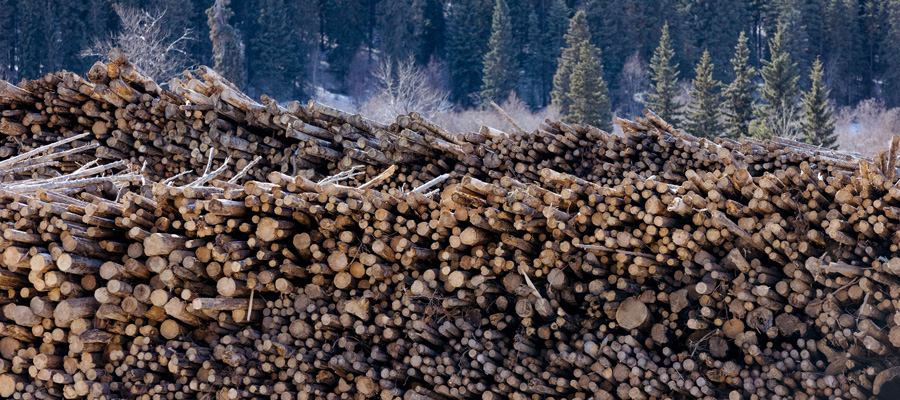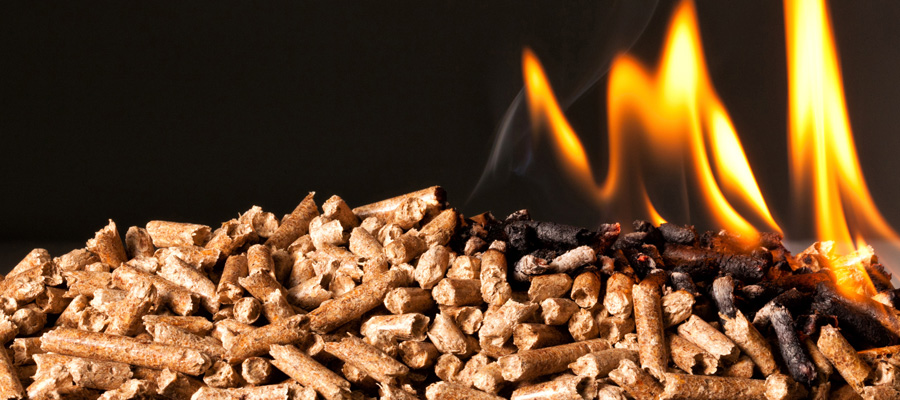Will Drax’s claim that burning Canadian wood pellets is green go up in smoke?

OECD investigates UK power company’s sustainability claims as Drax becomes the largest pellet-maker in Canada
In April 2021, the United Kingdom’s Drax Group purchased Pinnacle Renewable Energy, becoming the largest wood pellet-maker in British Columbia and Canada.
The acquisition gave Drax control of the majority of pellet mills in the province, locking up a vital new raw-material supply for its massive thermal electricity plant in North Yorkshire.
Drax claimed the purchase guaranteed it a “sustainable” supply of pellets from North America (the company holds assets in the southern United States as well) of nearly five million tonnes per year, which would meet roughly two-thirds of its present needs and half of its projected needs as it continues to transition away from burning coal to wood.
Drax has long claimed that wood is a “renewable” resource that can be burned at its former coal plants in England for “carbon-neutral” electricity production—an assertion that may land it in hot water with the Organisation for Economic Co-operation and Development (OECD). The organization announced in late July it’s reviewing a complaint about Drax’s carbon-neutral claim.
Drax has long claimed that wood is a “renewable” resource.
But Drax’s sustainability claims are being challenged not only because its assertions are contradicted by its on-the-ground actions, but by unfolding events in BC forests, which are among the most ecologically diverse in the country. Drax says that the raw material for most of its wood pellets comes from “residuals”, in the form of the massive amount of wood chips and sawdust generated at sawmills. There is some truth to this. When round logs get turned into rectangular lumber products, up to half of each log ends up not as solid pieces of lumber or other wood products, but as chips and dust.
Historically, much of that fibre went to other mills, where most of it became wood pulp, which then became paper, cardboard and other products. Now, pellet-makers like Drax use that fibre too.
But here’s the rub: when Drax made its investment in BC, there were 13 wood-pellet mills in the province. Those mills had not only increased dramatically in number over the previous two decades but quadrupled their output by the time Drax seized monopoly control.
In a relatively short time, BC’s pellet mills had developed a sizeable—and rapidly growing—appetite for wood.
Drax and others involved in the pellet industry portray wood as a sustainable and “carbon neutral” resource. But hundreds of millions of trees are burning down in wildfires the world over, pumping massive amounts of greenhouse gases into the atmosphere, and BC is no exception. Claims that forest products of any kind are sustainable let alone carbon neutral is a stretch, especially when the product in question is destined to be burned.
Drax’s claims become even more unsupportable when pellet-makers turn whole logs—effectively whole trees—directly into pellets, which is exactly what the company does at its pellet mills in BC and in the southern US.
Claims that forest products of any kind are sustainable let alone carbon neutral is a stretch.
At Drax operations near the BC communities of Quesnel, Burns Lake, Smithers and Houston, walls of logs line the mill yards. Those walls are then steadily whittled down as they are trucked to nearby chippers, which turn the trees into chips that later become pellets to be burned. Even with so many logs entering its facilities in BC and the southern US, Drax is looking to add more capacity to its North American pellet operations.
Pellet-makers assert that such logs are of extremely low quality and have been rejected for use by sawmills, which use higher-quality logs to make lumber. They also claim that if they weren’t using those logs, they would simply be pushed into big piles at logging operations and burned as waste, clogging the air with smoke. By turning those logs into pellets instead, Drax says that it is engaged in a “virtuous cycle” of not only reducing waste, but using that waste to make energy.
But just how many “low quality” logs enter Drax’s facilities, or those of its competitors? And could such logs be used for other purposes? The answers to those key questions are ones that forest industry unions and environmental organizations alike want. But they are not publicly available. The provincial government, which regulates all logging activities on public lands (only 6% of the provincial land base is privately owned), has gone to extraordinary lengths to delay the release of such information and insists that it can be obtained only through submission of a formal freedom-of-information (FOI) request, a process that can take years to complete.
Unanswered questions also swirl around just how much Drax and others have benefited from a 17-year-old program that has effectively subsidized the delivery of huge volumes of “lower quality” logs to pellet and pulp companies alike and that may be hastening depletion of the province’s forests. At the very least, that program has fuelled the delivery of untold millions of such logs to both entities. But just how many such logs have gone to Drax is unknown and cannot be obtained, the government says, short of another FOI request.
With forests the world over under stress from logging and climate change Drax should account for every whole log entering its facilities.
(Despite the prospect of lengthy delays, I have filed formal FOI requests to obtain information on the subsidy program and the logs delivered to Drax operations.)
Meanwhile, the provincial government in its most recent budget signalled that logging rates are poised to come crashing down. In just three years, the number of trees cut down annually in BC could be half of what it was 15 years ago, which is roughly when the wood pellet industry in the province began its dramatic expansion and Drax swept into the province and took over.
With forests the world over under stress from logging and from climate change, Drax should fully account for every whole log entering its facilities. In its absence, there is a gaping hole in the company’s claims to be the world’s cleanest, greenest and most virtuous energy producer.
This article first appeared in Corporate Knights.



